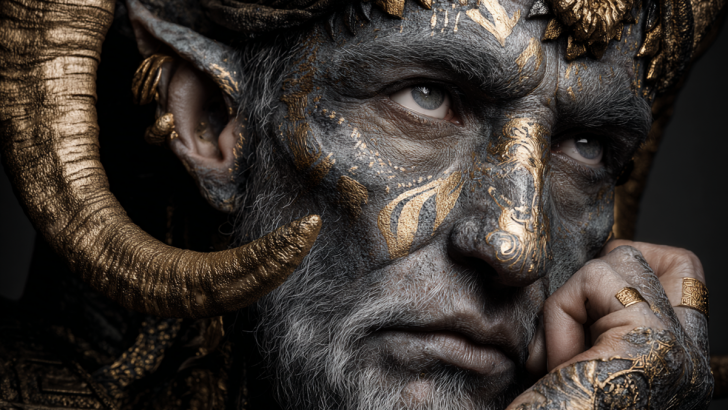Tricksters dance through the stories of cultures around the world, causing chaos, teaching lessons, and making us laugh at their clever antics.
These mischievous characters blur the lines between hero and villain, using wit and cunning to outsmart gods, humans, and animals alike.
From spiders spinning tales in Africa to shape-shifting gods in Norse lands, tricksters remind us that rules are meant to be questioned and that sometimes breaking them leads to unexpected wisdom.
Loki of Norse Mythology
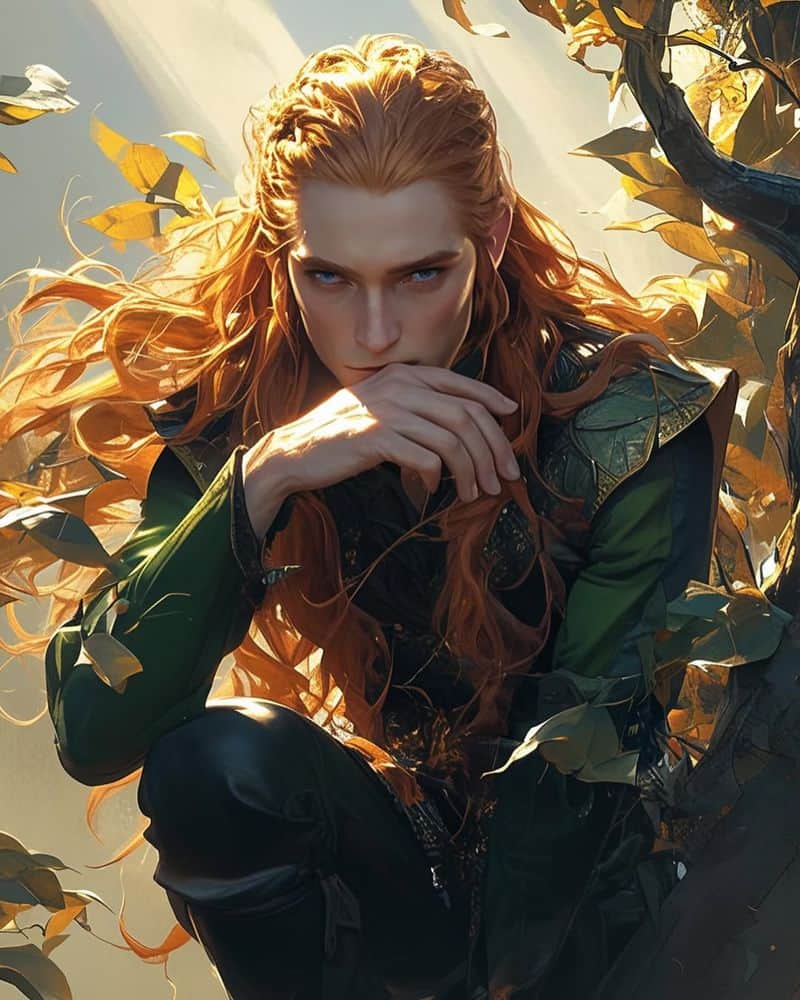
No trickster causes more trouble than Loki, the shape-shifting god who constantly tests the patience of Odin and Thor. Born of giants but living among gods, Loki never quite fits anywhere, which might explain his rebellious nature. His pranks range from harmless jokes to catastrophic disasters that shake the foundations of Asgard itself.
Loki once cut off the goddess Sif’s golden hair as a joke, then had to fix his mistake by commissioning magical treasures from dwarves. He fathered strange children including a giant wolf, a serpent, and a half-dead daughter. His actions eventually lead to Ragnarok, the end of the world in Norse belief.
Modern movies portray him as charming and misunderstood, keeping his trickster legacy alive.
Coyote of Native American Traditions
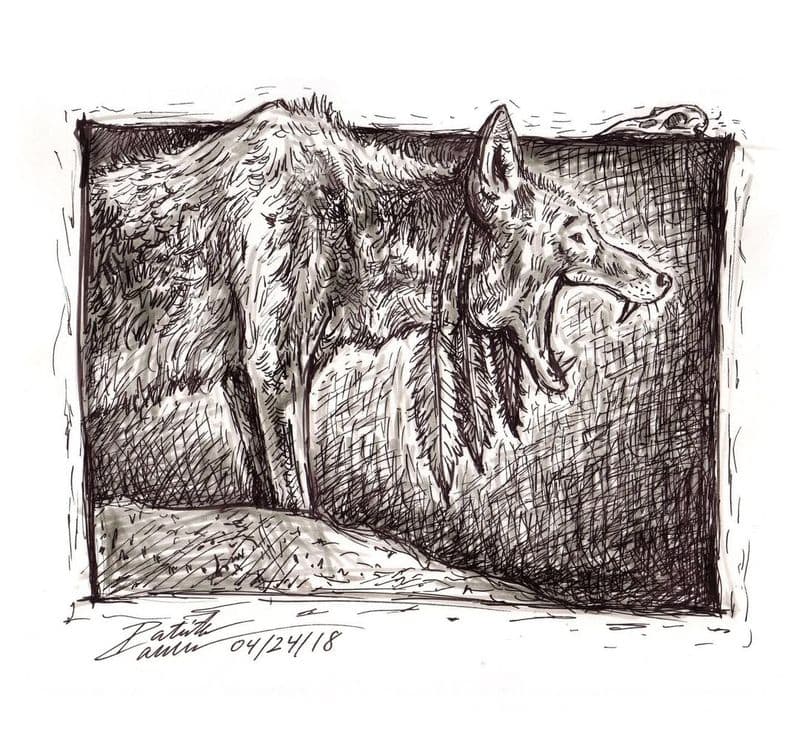
Coyote runs through Native American stories with wild abandon, creating the world one mistake at a time. Different tribes tell different tales, but most agree Coyote embodies both foolishness and wisdom in equal measure. He might steal fire for humanity one day and get his tail burned while trying to catch fish the next.
Among the Navajo people, Coyote appears in ceremonies as a sacred clown who makes people laugh while teaching serious lessons. His failures often prove more instructive than his successes. He represents the chaos that exists alongside order in nature and human life.
Coyote reminds us that making mistakes is part of learning and growing.
Reynard the Fox
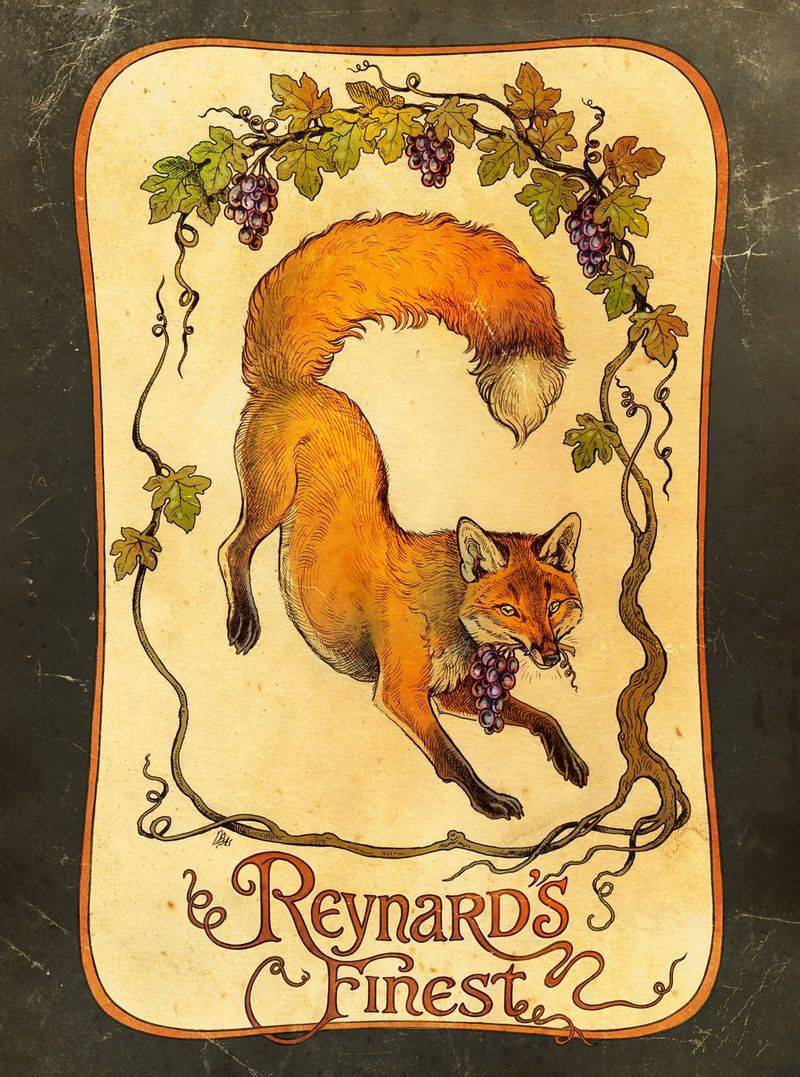
Medieval Europe knew Reynard as the fox who made fools of everyone, from kings to clergy. These stories became so popular that people read them aloud in town squares, laughing at how Reynard escaped punishment time after time. He represented the clever peasant outwitting corrupt nobles and greedy churchmen.
Reynard lies, cheats, and manipulates his way through life without apology. He frames his uncle the wolf for crimes, tricks the king’s court, and always lands on his feet. The stories mock powerful institutions through animal characters, making dangerous criticism safer to express.
Modern phrases like “sly as a fox” come directly from Reynard’s enduring influence on European culture and language.
Sun Wukong the Monkey King
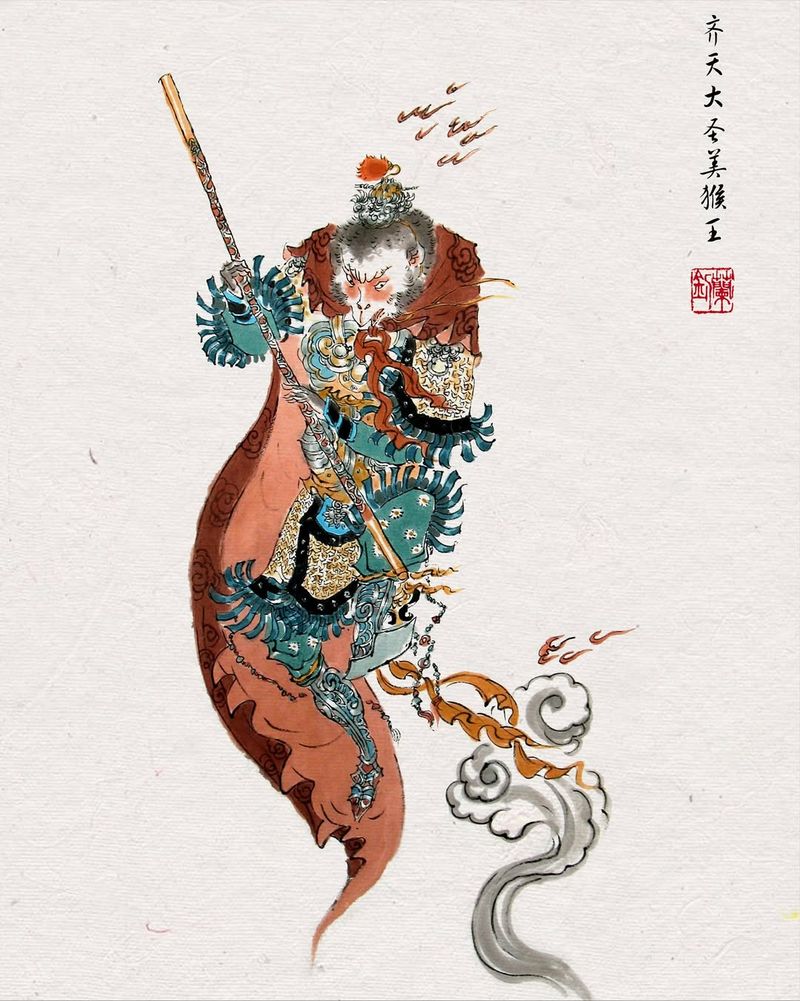
Born from a magic stone, Sun Wukong declared himself king of monkeys before his rebellion shook heaven itself. This troublemaker ate the peaches of immortality, drank the elixir of life, and made himself nearly indestructible through sheer audacity. The Jade Emperor sent entire armies to stop him, but the Monkey King defeated them all with his shape-shifting powers and magical staff.
Buddha himself had to trap Sun Wukong under a mountain for five hundred years to calm him down. Later, he joined a monk’s journey westward, using his trickster skills to fight demons instead of causing chaos. His transformation from rebel to hero makes him complex and fascinating.
Chinese opera, movies, and video games continue celebrating his irreverent spirit.
Eshu of Yoruba Tradition
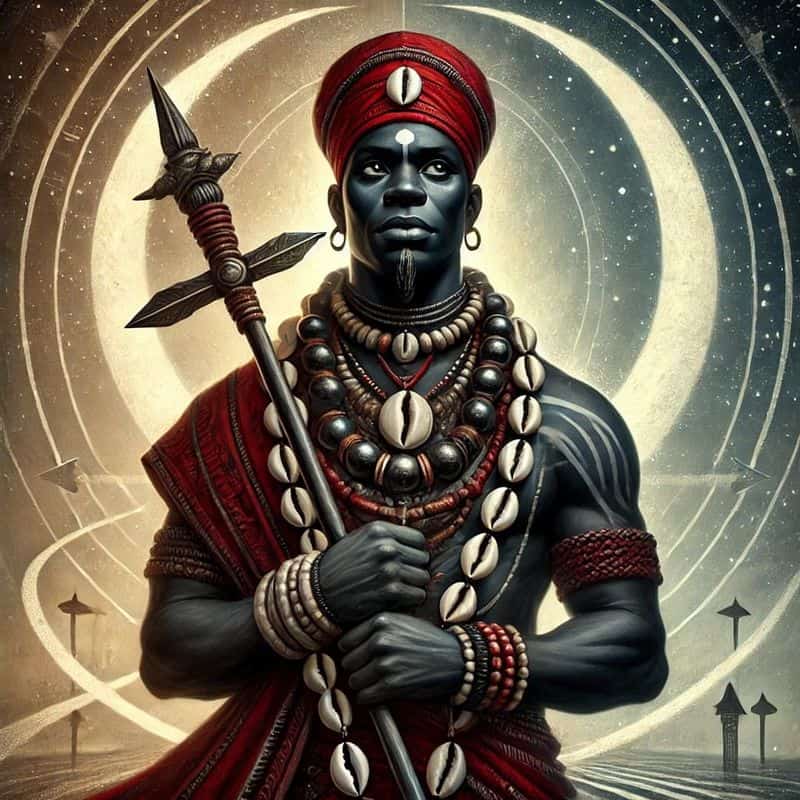
Standing at the crossroads between gods and humans, Eshu controls communication and fate itself. Yoruba people from West Africa recognize him as the divine messenger who can help or hinder depending on whether you show proper respect. He tests people’s character by creating situations that reveal their true nature.
One famous story tells how Eshu wore a hat that was red on one side and black on the other while walking between two friends’ farms. The friends argued about the hat’s color until they nearly fought, proving how easily perspective causes conflict.
Eshu traveled to the Americas through the slave trade, where he became known as Papa Legba and other names. His worship continues in various African diaspora religions today.
Maui the Polynesian Hero
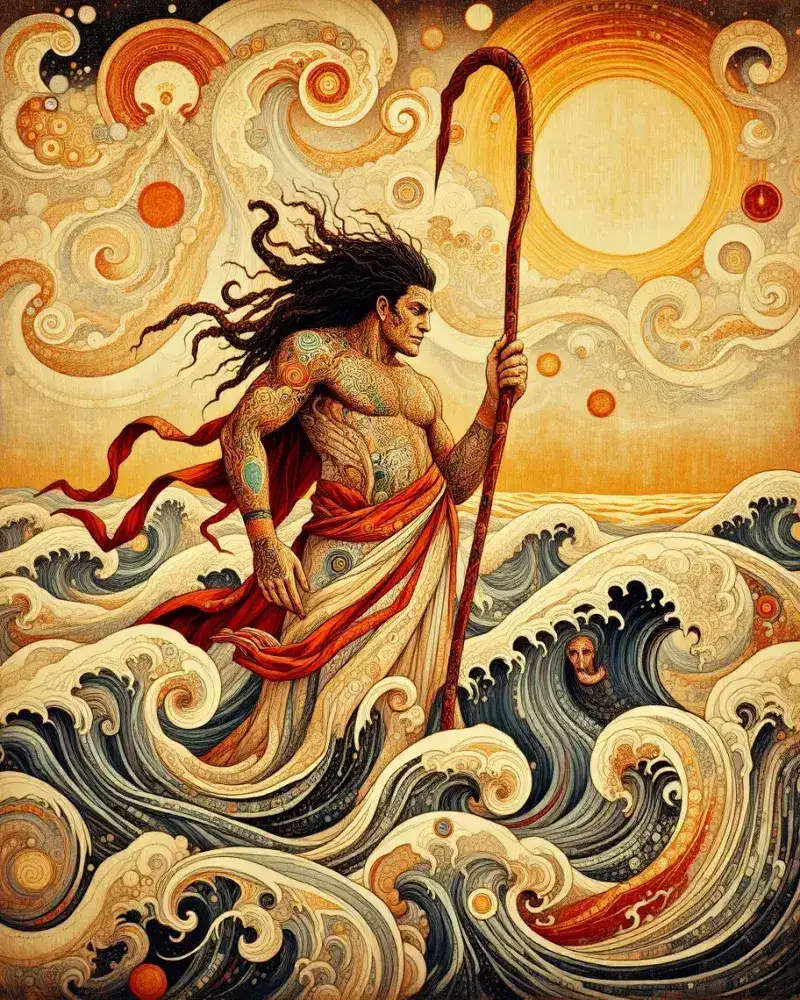
Polynesian islands echo with tales of Maui, the demigod whose tricks benefited all humanity. Abandoned at birth and raised by gods, Maui grew up determined to prove his worth through increasingly bold stunts. He slowed the sun’s journey across the sky so his mother’s cloth would have time to dry, showing how trickster cleverness solves practical problems.
Using his magical fishhook, Maui pulled entire islands from the ocean floor, creating homes for his people. He tried stealing immortality from the goddess of death but failed, explaining why humans remain mortal. His confidence sometimes bordered on arrogance, making his stories entertaining and relatable.
Recent animated films introduced Maui to global audiences, keeping Polynesian traditions alive for new generations.
Puck from English Folklore

English forests once rang with laughter at Puck’s pranks on unsuspecting travelers and village folk. This sprite delights in leading people astray with false lights, spoiling milk, and tangling horses’ manes during the night. Shakespeare made him famous in A Midsummer Night’s Dream, where his love potion causes romantic chaos among mortals and fairies alike.
Puck never means serious harm despite his endless mischief. He represents the unpredictable forces of nature that humans cannot control or fully understand. Country folk left out offerings to appease him, hoping to avoid becoming his next target.
His famous line, “Lord, what fools these mortals be,” captures the trickster’s perspective on human foolishness perfectly.
Tengu of Japanese Folklore
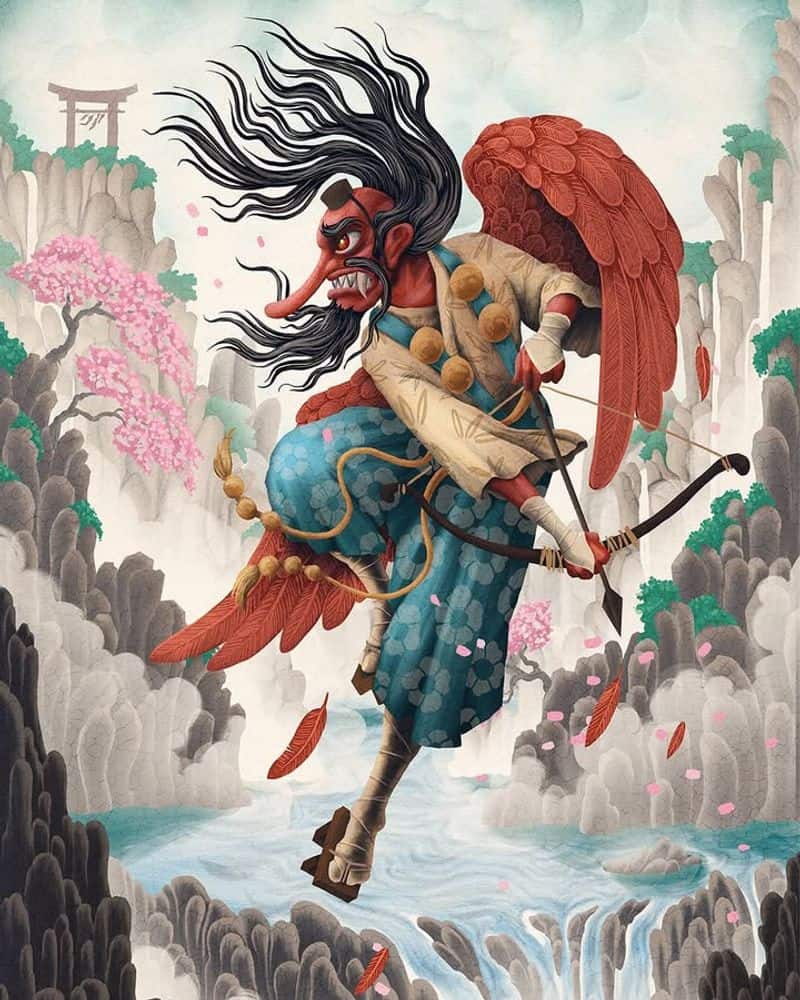
Japanese mountains hide the Tengu, bird-like spirits known for their pride and unpredictable behavior. Originally portrayed as demons who disrupted Buddhist practices, they evolved into complex protectors of forests and teachers of martial arts. Their most recognizable feature is their long red nose or sometimes a bird’s beak.
Tengu love playing tricks on arrogant priests and samurai who take themselves too seriously. They might kidnap someone and return them years later with no memory of time passing. Some stories describe them as excellent swordsmen who train worthy students in secret mountain dojos.
Their dual nature as both troublemakers and guardians reflects the Japanese appreciation for balance between chaos and order in the natural world.
Till Eulenspiegel of German Tales
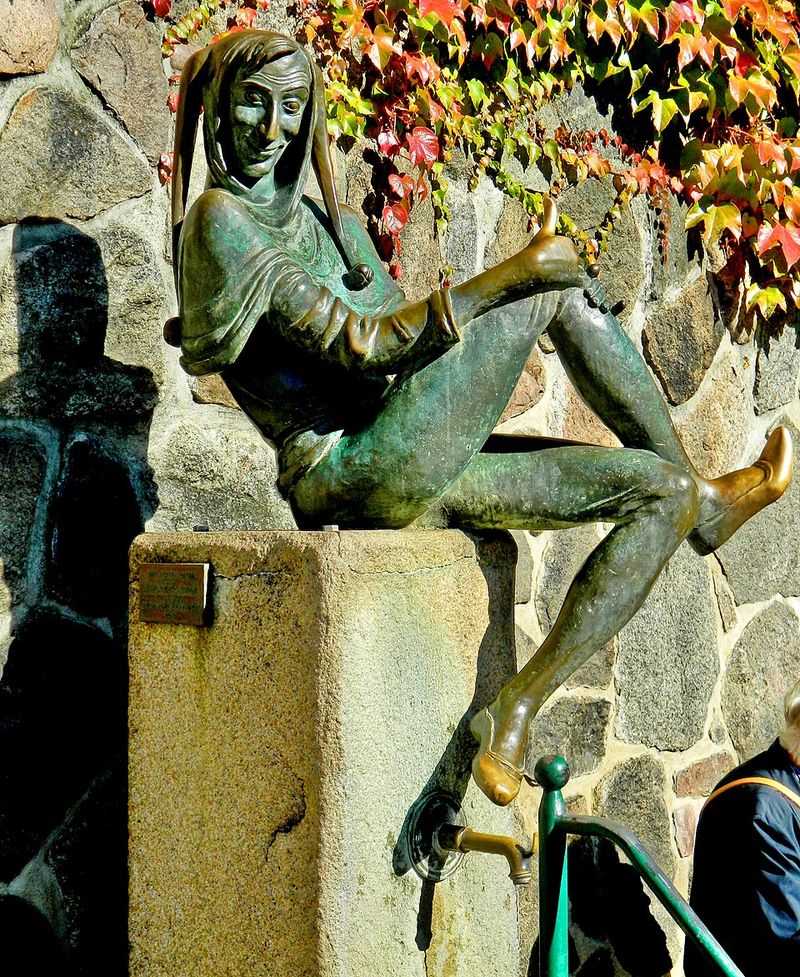
Medieval Germany produced Till Eulenspiegel, a peasant trickster who took everything literally to mock his betters. When a baker told him to bake owls and monkeys, Till did exactly that instead of making the traditional shaped bread. His pranks exposed the foolishness of nobles, merchants, and craftsmen through their own words.
Till wandered from town to town, never staying long enough to face consequences for his tricks. He represents the common person’s revenge against those who abuse power and privilege. His humor relies on wordplay and literal interpretations that reveal hidden truths about society.
German composer Richard Strauss wrote a famous orchestral piece capturing Till’s merry pranks, ensuring his legacy in both literature and music.
Veles the Slavic Shapeshifter

Ancient Slavic peoples worshiped Veles as god of earth, waters, livestock, and the underworld, but his trickster side caused constant problems for Perun, the thunder god. Their eternal rivalry explains storms in Slavic mythology, with Perun hurling lightning bolts at shapeshifting Veles who hides as animals, trees, or even stones.
Veles once stole Perun’s cattle, wife, or children depending on which version you hear, sparking their legendary conflict. Despite his troublemaking, people prayed to Veles for good harvests and healthy animals. He protected merchants and poets too, showing his multifaceted nature.
Christianity later transformed Veles into Saint Blaise, but folk traditions quietly preserved his trickster stories throughout Eastern Europe for centuries.
Lover of good music, reading, astrology and making memories with friends and spreading positive vibes! 🎶✨I aim to inspire others to find meaning and purpose through a deeper understanding of the universe’s energies.

